Quiz: Ontario Traffic Rules 1
ADVERTISEMENT
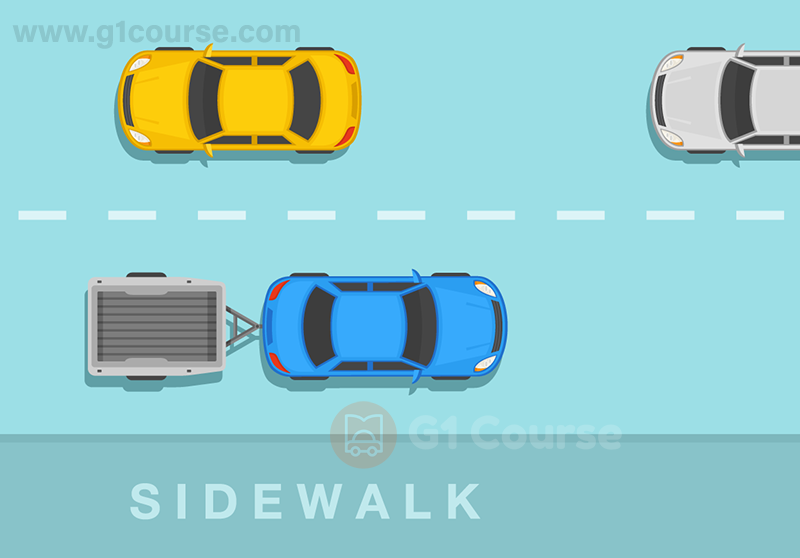
Correct!
Wrong!
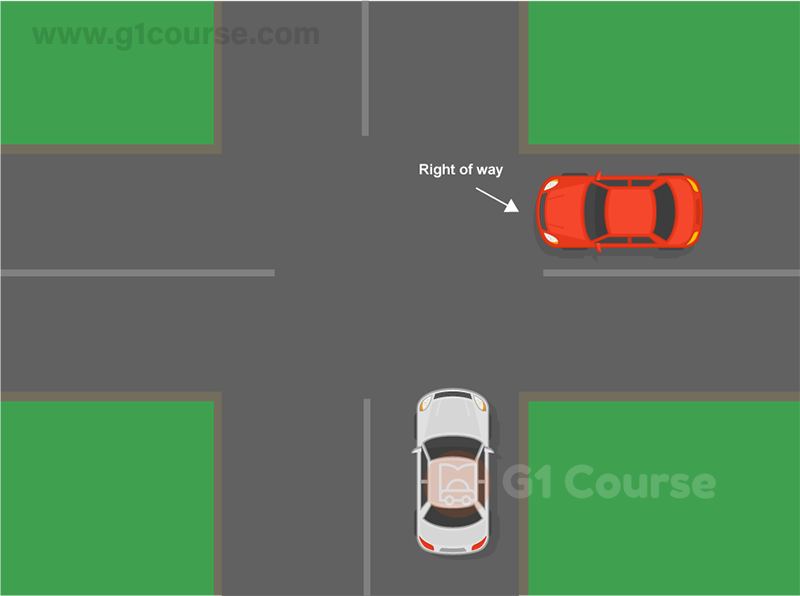
Correct!
Wrong!
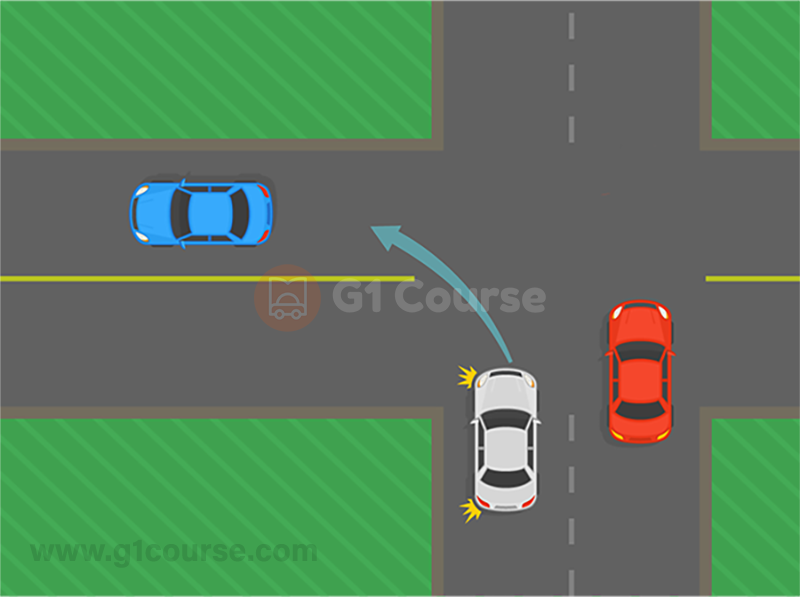
Correct!
Wrong!
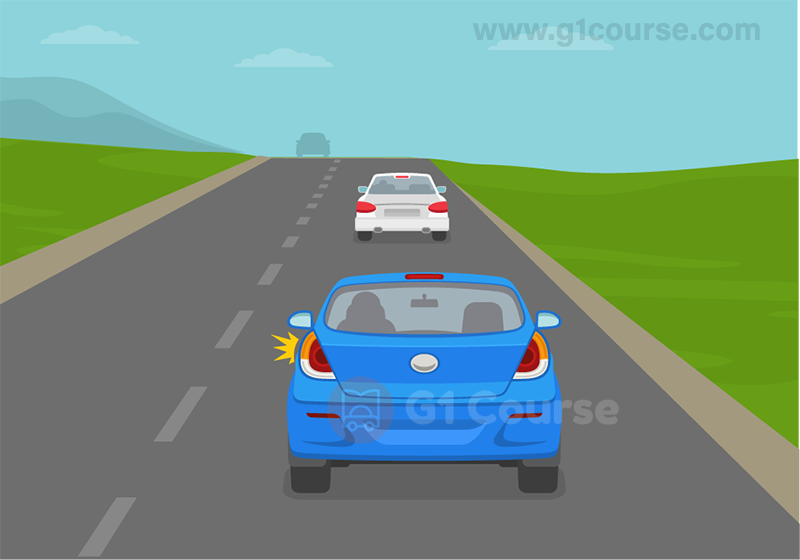
Correct!
Wrong!
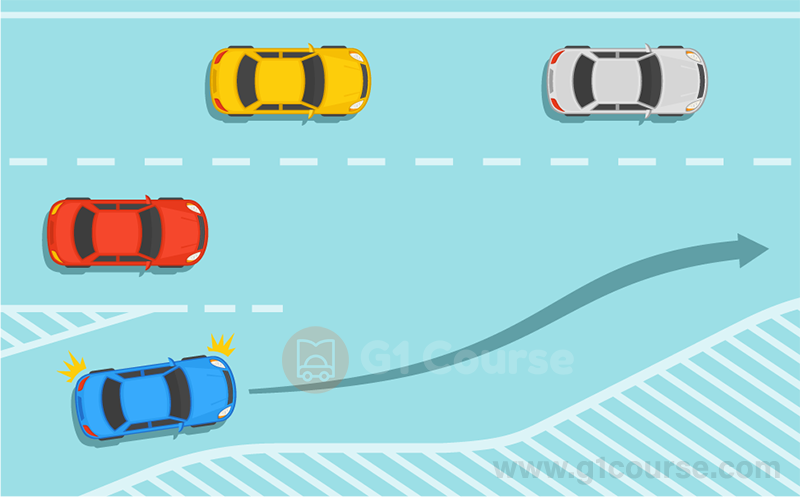
Correct!
Wrong!
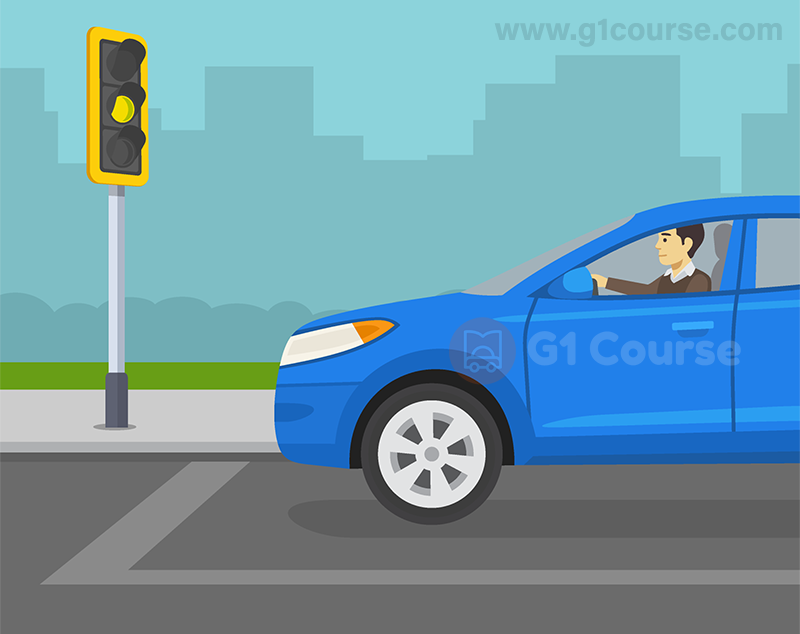
Correct!
Wrong!
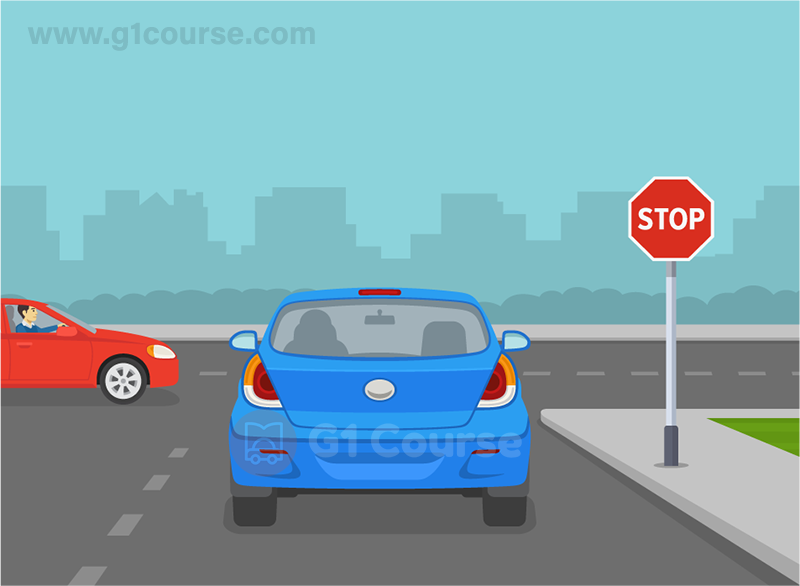
Correct!
Wrong!
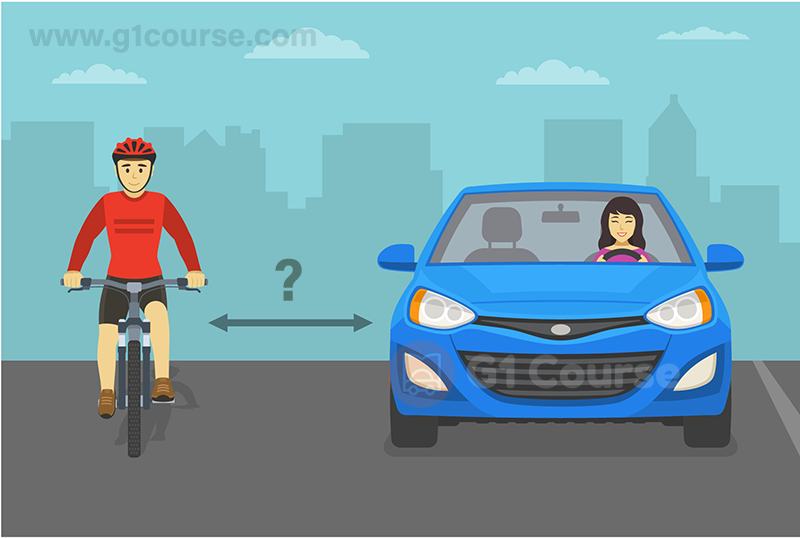
Correct!
Wrong!
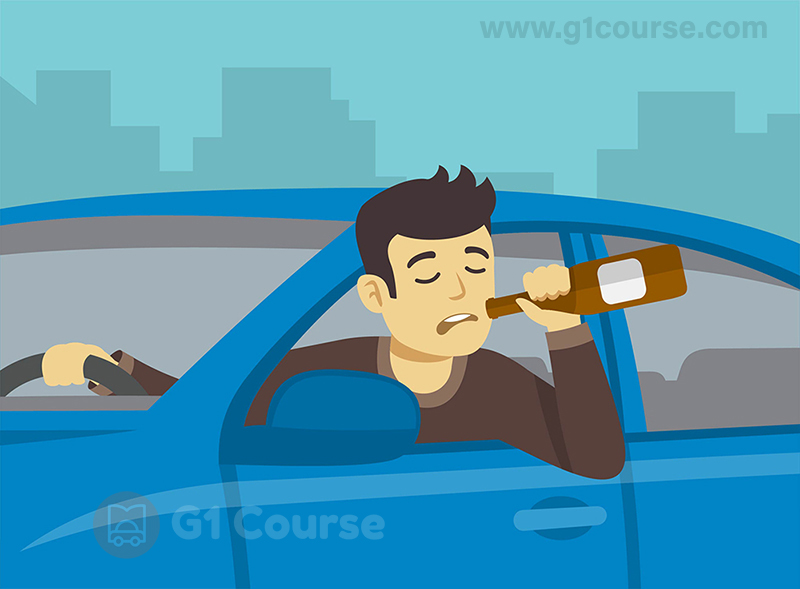
Correct!
Wrong!
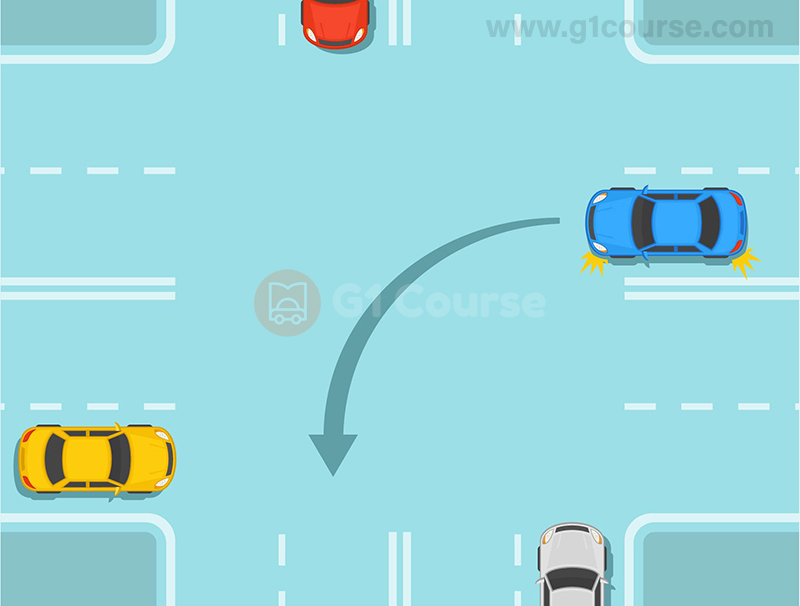
Correct!
Wrong!
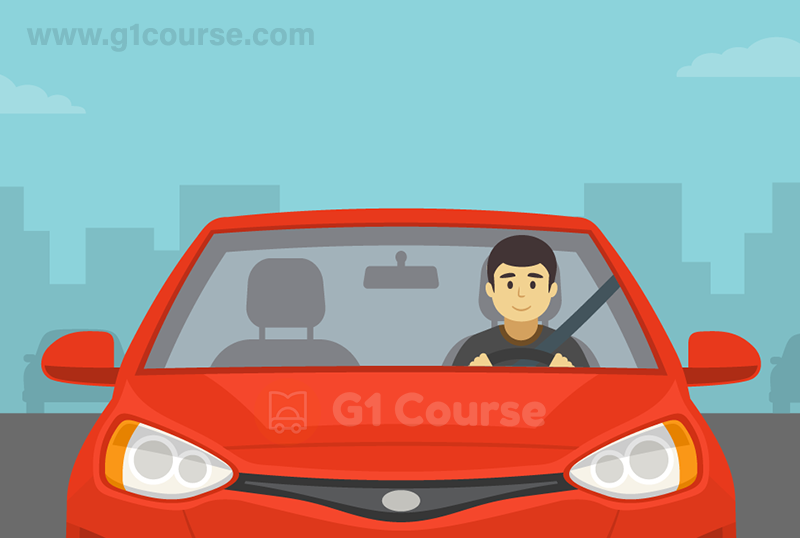
Correct!
Wrong!
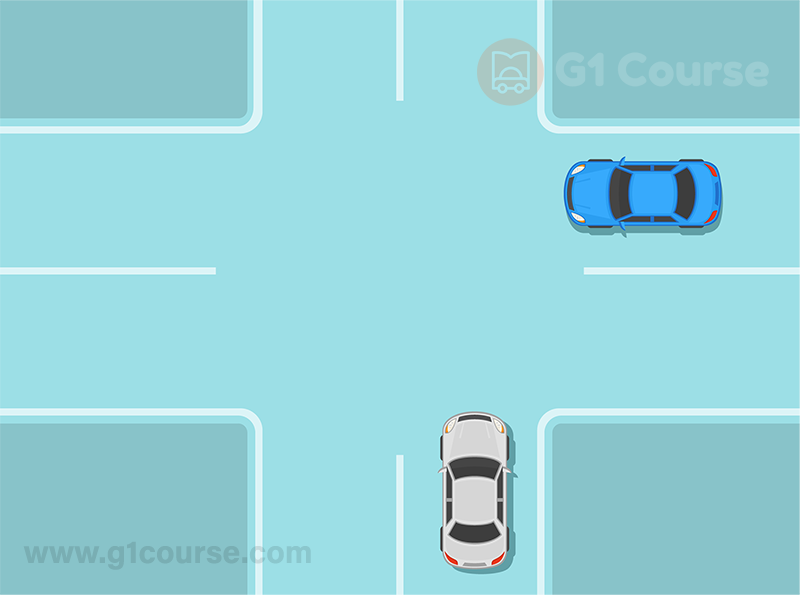
Correct!
Wrong!
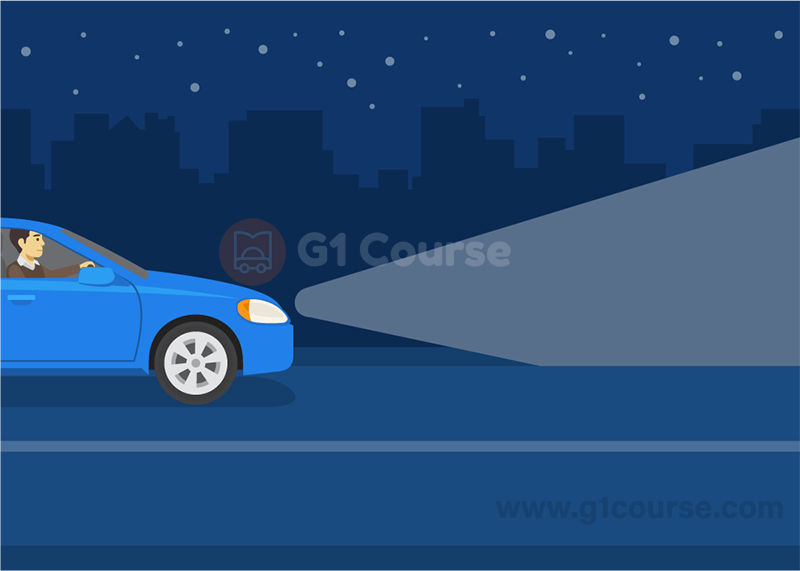
Correct!
Wrong!
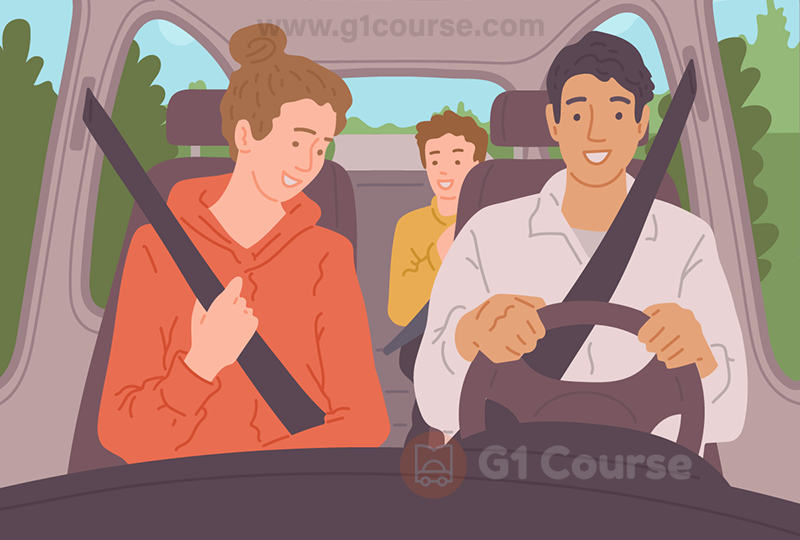
Correct!
Wrong!
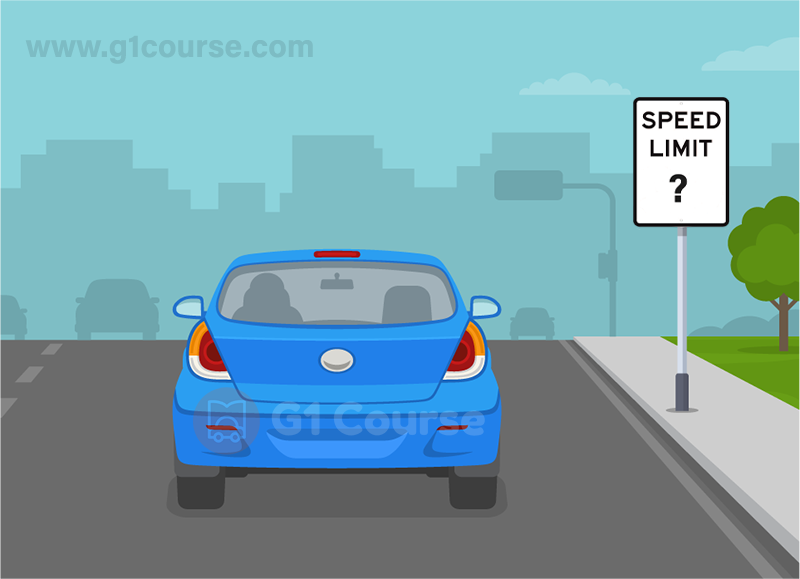
Correct!
Wrong!
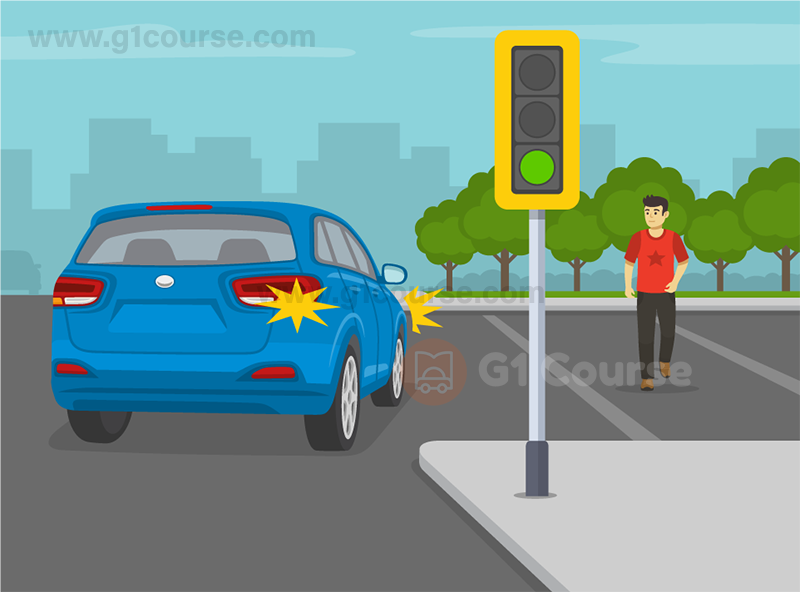
Correct!
Wrong!
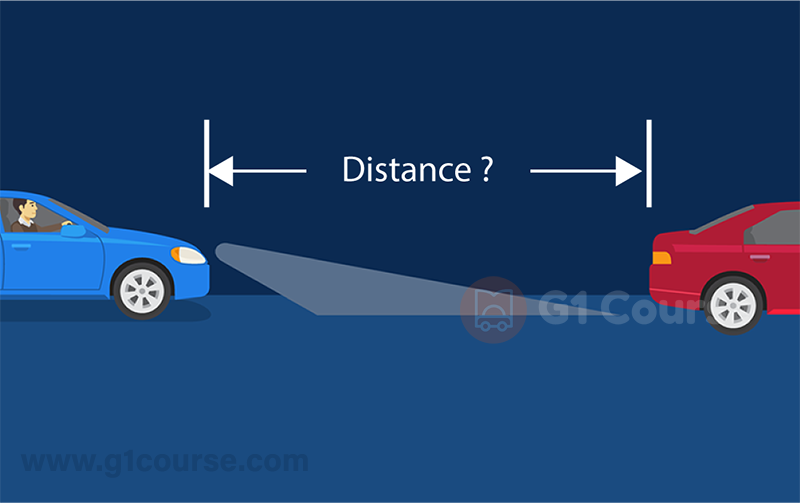
Correct!
Wrong!
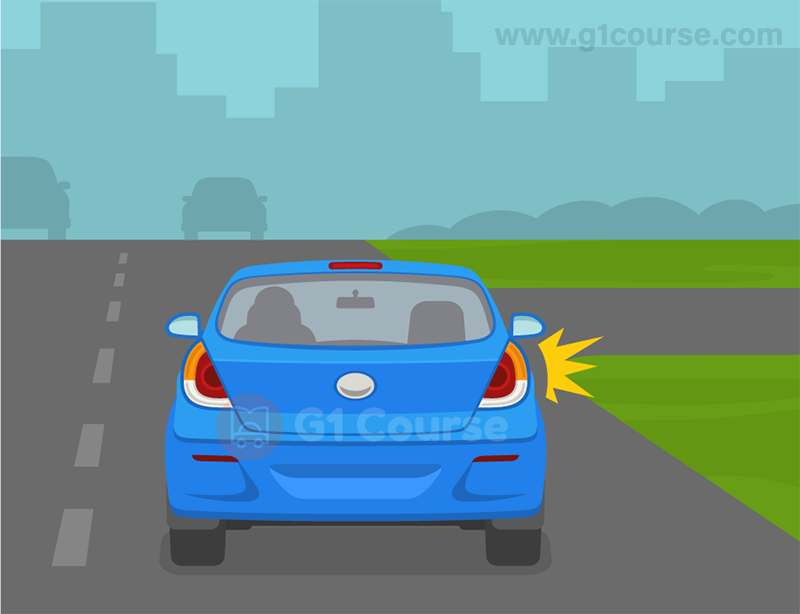
Correct!
Wrong!
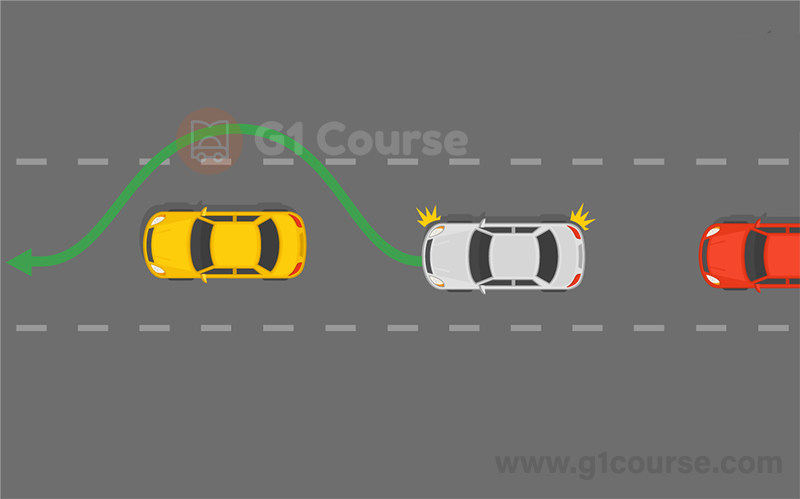
Correct!
Wrong!
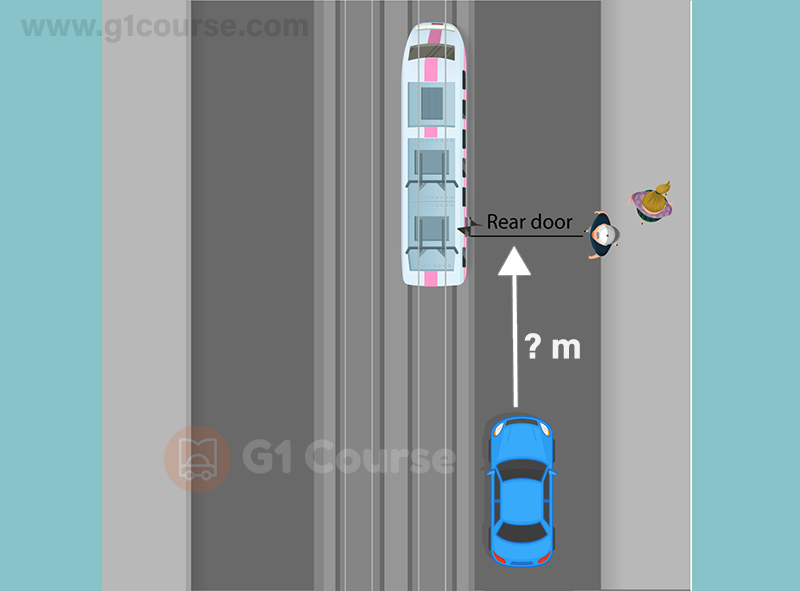
Correct!
Wrong!
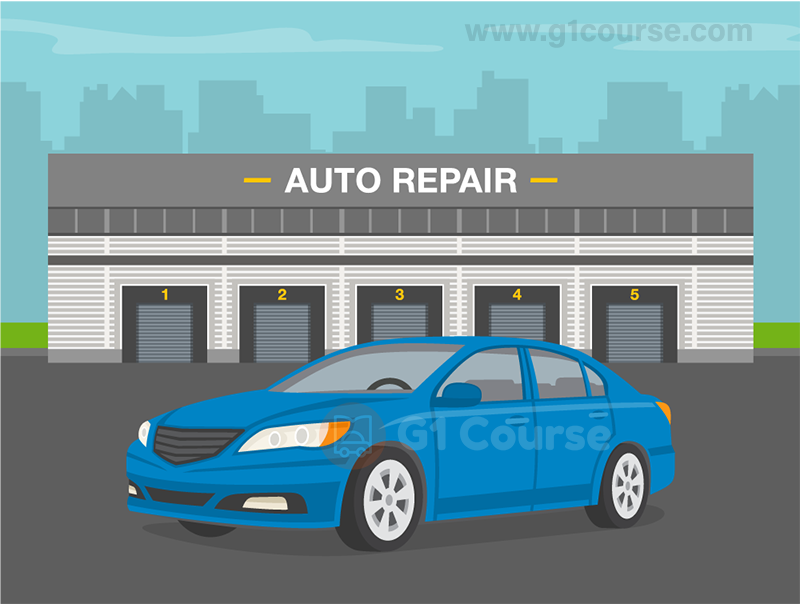
Correct!
Wrong!
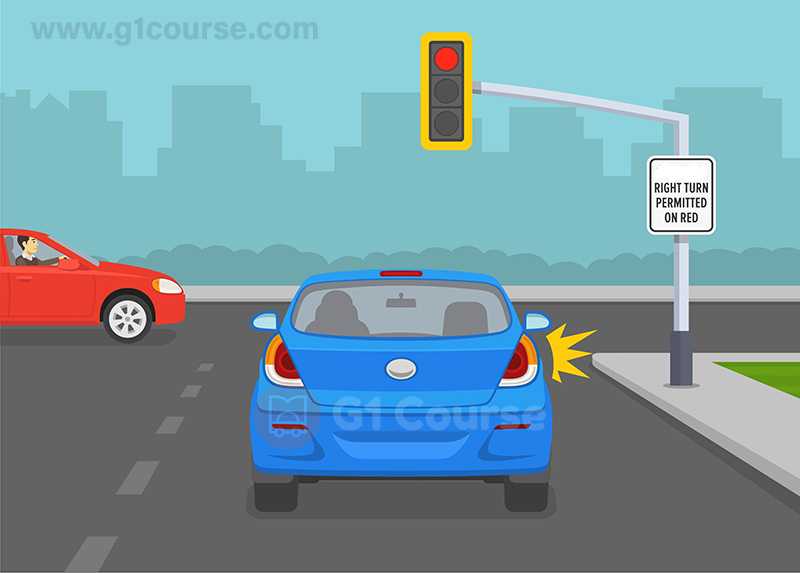
Correct!
Wrong!
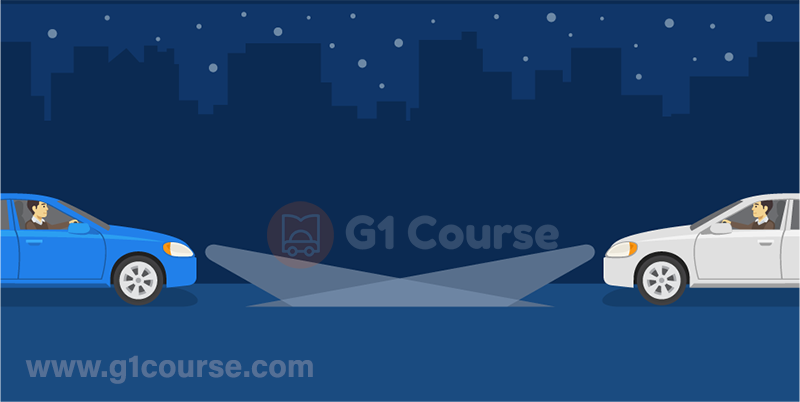
Correct!
Wrong!
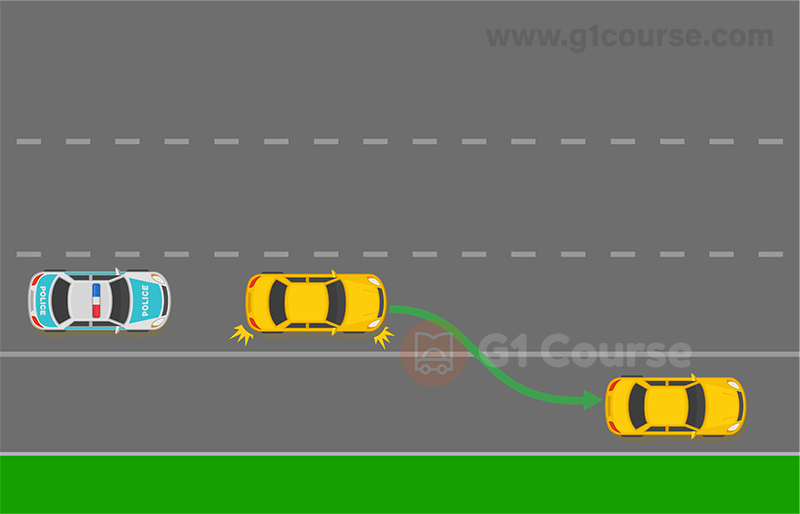
Correct!
Wrong!
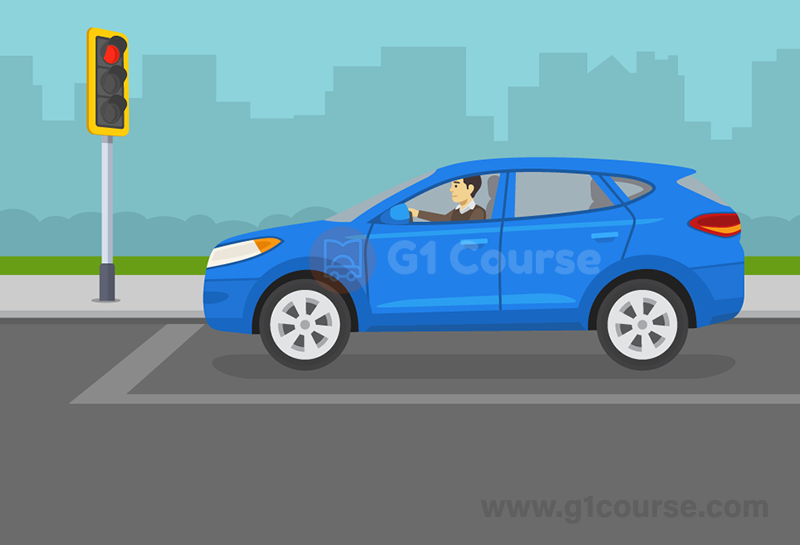
Correct!
Wrong!
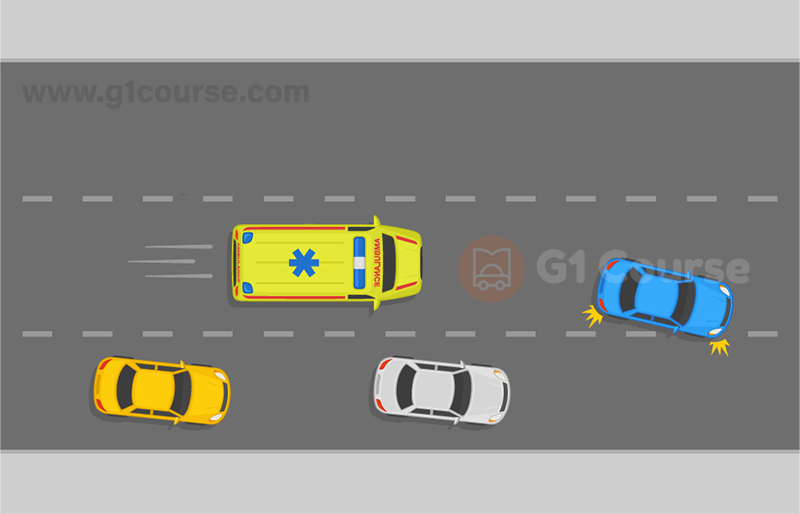
Correct!
Wrong!

Correct!
Wrong!

Correct!
Wrong!

Correct!
Wrong!

Correct!
Wrong!
Share the quiz to show your results !
Subscribe to see your results
I got %%score%% of %%total%% right
More Learning Options:
Loading…
ADVERTISEMENT
G1 Driving Test Success: Why Knowing the Rules of the Road is Important
Did you know that there are traffic rules for a reason? If everyone followed the same traffic rules, it would be much simpler to get around on the roads. Unfortunately, not everyone follows the rules, leading to accidents and chaos. That’s why it’s important for everyone – including those preparing to take their written driving test – to know the traffic rules. Let’s discuss some of the most important traffic rules and why they exist. Stay safe on the roads!
Why You Need to Know the Rules of the Road?
If you’re like most people, you probably dread taking tests. You memorize formulas and concepts only to forget them once the test is over. But what if there were a test where remembering the material improved your life? The G1 Driving test is one of those rare exams where retaining the information is crucial to success both on the road and on the test. Here are several reasons why it is important that you know the rules of the road before taking your written test. Try our free G1 practice test to learn more about traffic and road rules in Ontario:
It Will Make You a Safer Driver
First and foremost, understanding the rules of the road will make you a safer driver. Although you may feel comfortable behind the wheel, that doesn’t mean you are following all safe driving rules. By familiarizing yourself with the rules of the road, you can brush up on your safety knowledge and ensure that you follow all the best practices for safe driving.
You’ll Be More Confident
Secondly, knowing the road rules will help you feel more confident when taking your written knowledge test. If you are unsure about a particular rule, you can always ask your driving instructor for clarification. However, if you know the answer to a question before it is even asked, you will be less likely to get nervous and make a mistake.
It Will Help You Avoid Fines
Lastly, understanding the road rules will help you avoid costly traffic violations. You may be subject to a fine on your license if caught breaking a traffic rule. Knowing the rules ahead of time can avoid these penalties and keep your driving record clean.
It Will Help You Pass Your G1 Driving Test
Secondly, knowing the road rules will help you pass your driving test. The written portion of most driving tests covers traffic laws, so you must be familiar with this material before taking your test.
Why Do Traffic Rules Exist?
Now that we’ve discussed some of the reasons why it is important to know the rules of the road, let’s take a look at why traffic rules exist in the first place. Here are a few of the most common reasons:
To Keep Drivers Safe
 Traffic rules play an essential role in keeping drivers safe on the road. They are designed to ensure that all vehicles follow a prescribed course while encouraging and regulating safe driving practices. For example, traffic lights indicate which lanes of travel are open and guide pedestrians as they cross the street. Similarly, signs along the road alert drivers to upcoming obstacles and hazards, allowing them to adjust their speed and course accordingly. By following these basic rules, drivers can avoid collisions and accidents, ensuring their safety and those around them. In short, traffic rules exist to help keep drivers safe on the road and should be followed at all times.
Traffic rules play an essential role in keeping drivers safe on the road. They are designed to ensure that all vehicles follow a prescribed course while encouraging and regulating safe driving practices. For example, traffic lights indicate which lanes of travel are open and guide pedestrians as they cross the street. Similarly, signs along the road alert drivers to upcoming obstacles and hazards, allowing them to adjust their speed and course accordingly. By following these basic rules, drivers can avoid collisions and accidents, ensuring their safety and those around them. In short, traffic rules exist to help keep drivers safe on the road and should be followed at all times.
To Keep Pedestrians and Cyclists Safe
There are many reasons why we have traffic rules and regulations. While they primarily exist to keep cars, trucks, and other vehicles safely and efficiently navigating the roads, they also play an important role in protecting pedestrians and cyclists. Without traffic laws to set clear guidelines for the use of public spaces, people on foot or on bikes would be at risk of being hit by passing cars. Likewise, motor vehicles would often be forced to weave through crowded streets to get around larger groups of pedestrians.
They Help Keep the Traffic Moving
By imposing certain restrictions on drivers, such as speed limits and signal turn requirements, they help prevent situations that could lead to gridlock or accidents. Moreover, they ensure fairness among drivers by establishing clear guidelines for how each person should behave while on the road. With clear rules in place, motorists can avoid confusion or ambiguity and focus their efforts on driving safely and responsibly. Altogether, these factors make traffic rules an essential part of any modern transportation system and critical to keeping everyone on the road safe.
To Conserve Resources
Additionally, many traffic rules exist because they conserve precious resources like gasoline and energy. For instance, idling your car wastes fuel and emits harmful emissions into the atmosphere. Similarly, creeping along in start-and-stop stoplight patterns essentially undoes your engine’s hard work by requiring you to continually re-start your car instead of allowing it to idle freely at cruising speeds. In light of these facts, it is clear that obeying traffic rules can not only save your own life but also help to conserve natural resources for future generations to enjoy. So next time you’re tempted to break a rule or disregard a posted sign on the roadways, remember why these measures have been put in place to protect you and everyone else around you.
They Keep You from Getting Lost
Traffic rules exist for a reason. While many people may view them as a nuisance or an unnecessary formality, they serve a very important purpose: They keep us from getting lost and disoriented on the road. First and foremost, traffic rules dictate where we should be on the road at any given time – whether in our lane, around other vehicles, or along the shoulder. By setting these guidelines and abiding by them, we become more adept at navigating our way around complex road networks and are less likely to find ourselves uncertain about where to go.
In addition, traffic rules also help to keep us oriented by providing landmarks and reference points along the way. For example, stop signs and yield signs serve as visual cues that let us know we are approaching an intersection, while streetlights provide a consistent light source to guide us through dark or foggy conditions. Following these basic guidelines can avoid becoming lost or disoriented while on the road.
Conclusion
Knowing the rules of the road is important for several reasons: it helps keep you safe, helps you avoid tickets, and it shows that you’re responsible. If you’re getting ready to take your written G1 driving test, make sure to brush up on the rules so that you can ace it!
